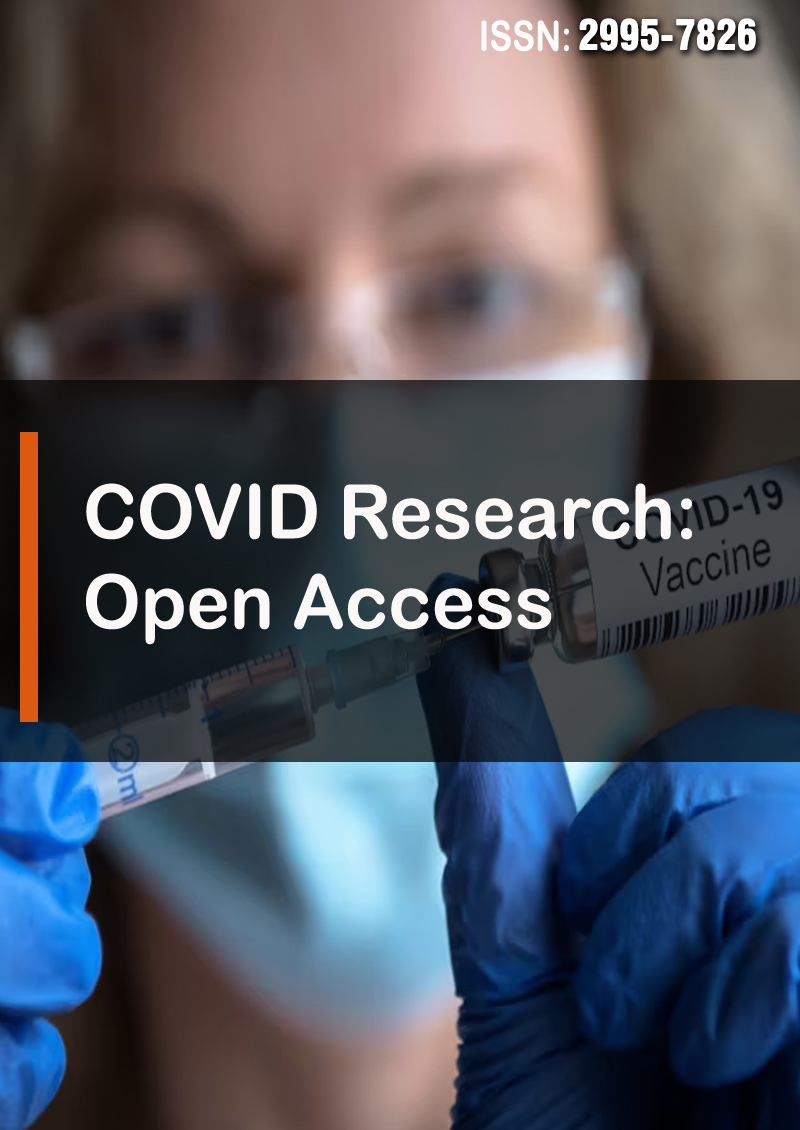Maximal Breath Hold Associated with Inappropriate Change in Respiratory Rate in Hospitalized Covid-19 Patients Indicates a Blunted Ventilatory Response
Abstract
Micah T. Prochaska, Aaron Fox, Nanduri R. Prabhakar, Sandeep Tummala, Kaye Dandrea, William Dan, Atul Gupta and Zheng Xie
Background: Some patients with severe acute respiratory syndrome coronavirus 2 associated disease (COVID-19) presented with hypoxemia without exhibiting dyspnea. This phenomenon was called “silent” or “happy” hypoxia. The cause of “silent hypoxia” was unknown. It was suspected that COVID-19 might be altering structures vital to the normal respiratory drive. Oxygen sensing glomus cells of the carotid bodies, express the angiotensin-converting enzyme 2 receptors used by COVID-19 to infect cells. In a healthy person, hypoxemia stimulates carotid body neural activity triggering reflex stimulation of breathing and tachycardia. If COVID-19 infected the carotid bodies, the cells might not respond to hypoxemia.
Methods: We performed a prospective observational pilot study where the ventilatory responses to breath holding tests in hospitalized patients with COVID-19 were compared to healthy controls in a single medical center. The aim was to determine whether ventilatory responses to hypoxia produced by breath holding in COVID-19 patients were different from those in volunteers without COVID-19.
Results: In comparison to the control group, COVID-19 patients had significantly less post breath-holding respiration rate increase after maximal breath hold effort. COVID-19 patients also had significantly less post breath-holding desaturation after maximal breath hold effort in unadjusted analysis but not statistically significant in the adjusted model. This prospective observational study demonstrated that COVID-19 infection is associated with a statistically significantly smaller breath- holding increase in respiratory rate.
Conclusions: The findings indicate that COVID-19 may cause a blunted hypoxic ventilatory response in the infected patients during the early stages of pandemic.



